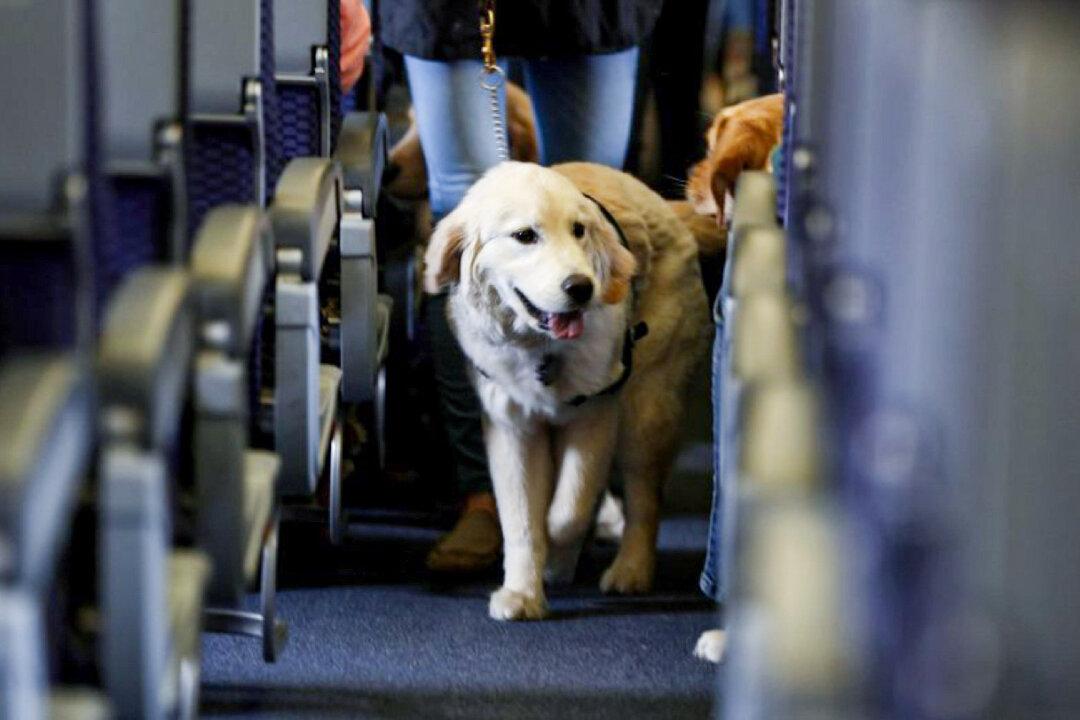The United States Centers for Disease Control and Prevention (CDC) is implementing a new set of rules applying to all canine visitors arriving in the U.S. DogBot was created as a digital aid to help future visitors understand the regulations that will take effect Aug. 1.
The digital tool explains which rules apply to each dog based on the owner’s dates of travel and where the dog is travelling from. Failure to follow the new rules could put a hitch in tourists’ travelling plans.
What Are the New Rules?
Currently, bringing a pet or service dog into the U.S. requires a statement about the dog’s travel past to ensure it hasn’t been to a country deemed to carry a high risk of rabies. The lion’s share of countries on the list are located in Africa, Asia, Central America, and South America.The rules have not always been enforced by border agents, and many dog owners were allowed across the border without being asked to show any paperwork.
That will all change as of Aug. 1. The new requirements to bring a dog into the United States depend on where the dog has been in the six months prior to arriving in the country and where the dog received its rabies vaccination, according to the website.
All dogs must also be at least six months old, appear healthy upon arrival, and have an ISO-compatible microchip to be eligible for entry to the U.S., according to DogBot.
- Certification of U.S.-issued Rabies Vaccination form
- Certification of Foreign Rabies Vaccination and Microchip form
- Valid USDA export certificate
- Certification of Dog Arriving from DMRVV-free or Low-Risk Country form
- Valid USDA export certificate
- A “foreign export certificate” that shows the dog is from a rabies-free or low-risk country, is at least six months old, has an ISO microchip, and has been certified by a veterinarian and includes medical records.
The new regulations are part of the CDC’s 2024 revamp of its dog and cat importation regulations in a bid to prevent the reintroduction of rabies in the United States.
“The updated regulation will help keep Americans and their pets safe,” the website says. “It addresses recent challenges seen with international dog importations, including the challenges posed by fraudulent documentation.”
The U.S. eliminated dog rabies in 2007, but the usually fatal disease is not controlled in more than 100 countries.







